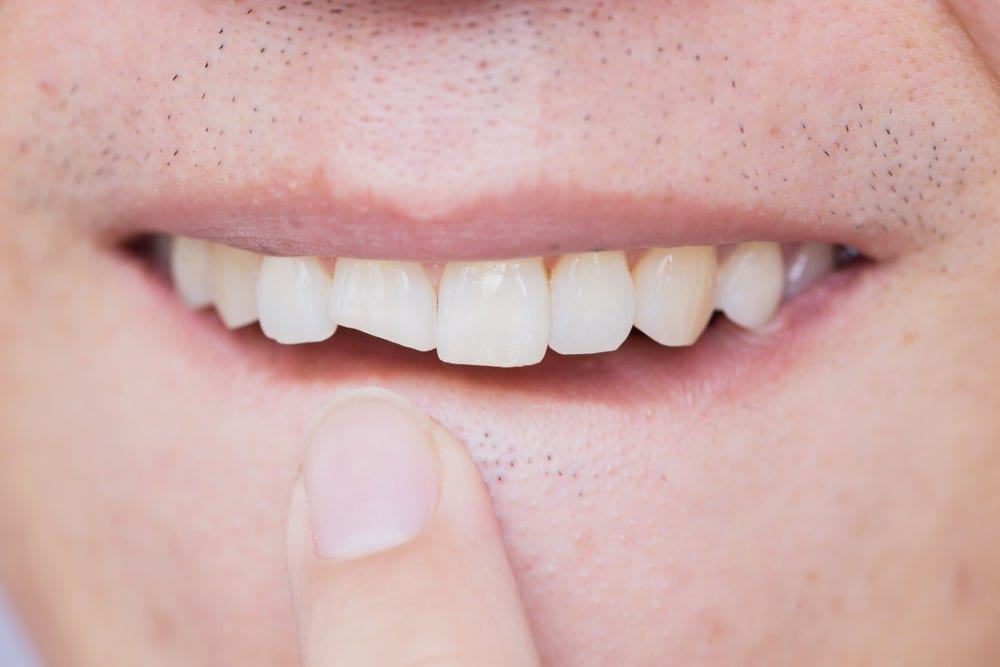Are you not happy with the look of your smile? Do you find yourself smiling less or trying to conceal your mouth when you laugh? Does the thought of visiting a dentist for cosmetic dental treatments cause you anxiety that exceeds your dislike of your smile? If you answered yes to any of these questions, then chances are you’ve never heard of composite bonding.
Composite bonding, also known as dental bonding or cosmetic bonding, is a minimally-invasive cosmetic dental procedure that can easily and quickly improve the overall look of your smile. Depending on your smile’s condition and treatment goals, composite bonding can correct a variety of concerns during a single dental appointment, saving you time and money.
Composite bonding works by applying dental composite resin to the surface of the tooth. Although it is soft and malleable when applied, it is then shaped and hardened with a curing light. As it hardens, it also adheres itself to the enamel. Since composite is added to the tooth, it preserves the natural tooth structure and minimizes the need for a dental drill.
With that being said, let’s take a look at the various cosmetic concerns that composite bonding can fix:
Damaged Teeth

One common use for composite bonding is to fix minor tooth damage. Chips, cracks, or fractures in the enamel layer can easily be remedied by applying composite resin. Many dentists will recommend composite bonding to restore damaged teeth because it is less invasive than other dental procedures like veneers or crowns. However, there are still some cases that can better be treated with another procedure, depending on the extent of the damage.
Discolorations
Unfortunately, teeth can sometimes become discolored to the point where whitening treatments are ineffective. Discolorations can occur as the result of genetics, certain medications, age, or trauma to a specific tooth. Composite resin can be customized in terms of color, so applying a thin layer over a discolored tooth can instantly brighten its color.
Odd-looking Teeth
In some cases, teeth can be oddly or unevenly shaped and sized. In these cases, composite resin may be applied to one or more teeth to create a more even smile. For example, certain teeth may be made slightly bigger to blend with surrounding teeth, while others may have resin added to a certain area to even out their shape. The end result is a smile that looks more proportionate in terms of shape and size.
Gaps

Another common use for composite bonding is to close gaps between the teeth. While veneers or orthodontics can also achieve this, composite bonding is much more affordable and takes far less time. Composite resin may be applied to a single tooth or two teeth in order to make them slightly bigger to close the gap.
Overall, composite bonding is an easy and effective cosmetic dental treatment that can fix a number of concerns such as damaged teeth, discolorations, gaps, and odd-looking teeth. It also preserves the maximum amount of natural tooth structure, minimizes the need for dental drills, and can generally be completed in a single dental appointment. This will save you time and money, as well as make your overall experience more pleasant. With composite bonding, you can have the smile you’ve always dreamed about.

Dr. Dennis Laurich has been practicing dentistry for over 40 years. He received his DDS degree from the University of Michigan Dental School and regularly attends oral health care conventions to continue his dental education. This allows him to treat patients with leading dental technology and methodologies. Additionally, he is a member of the American Dental Association, Michigan Dental Association, and the Detroit District Dental Society.




